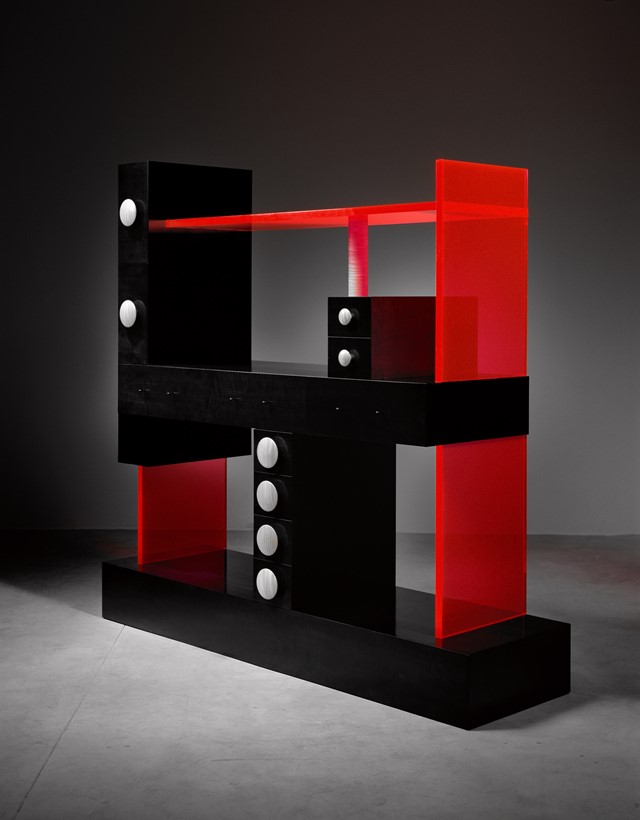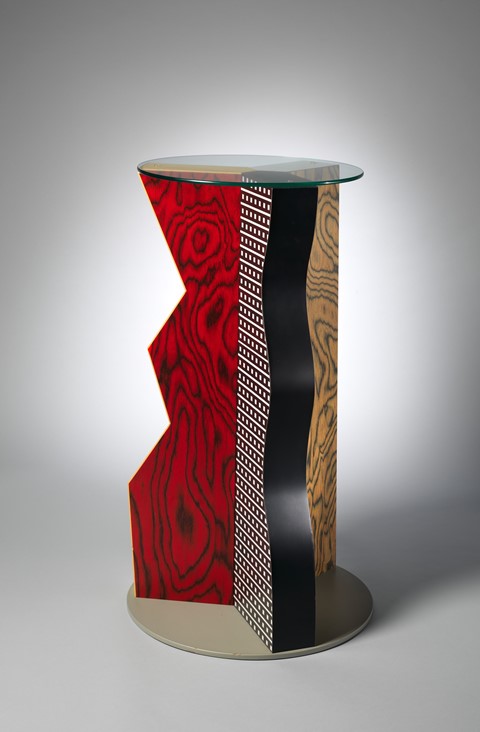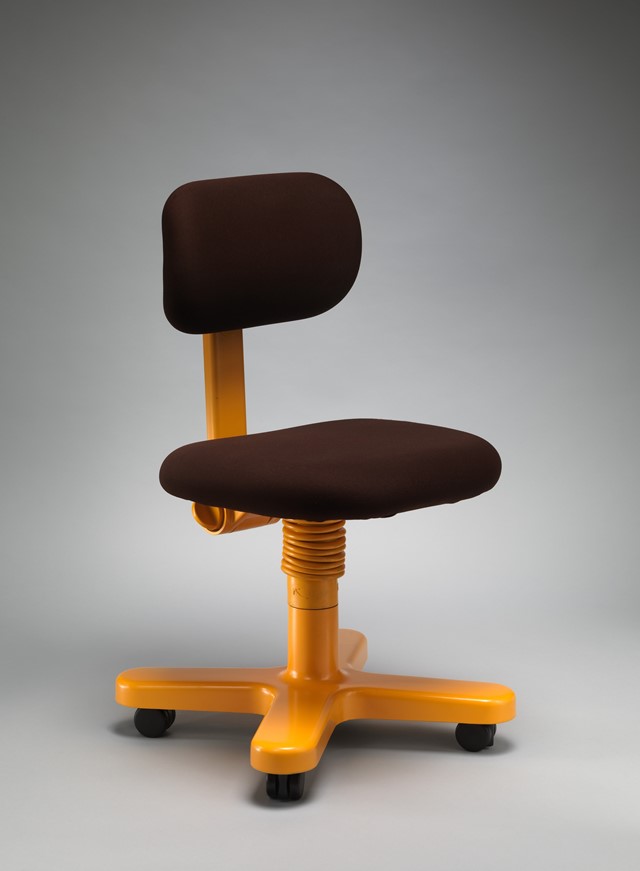As Design Radical opens at New York's Met Breuer, Billie Muraben speaks with the show's curator about the iconic 20th-century designer’s legacy
He’s perhaps best known for his work with the design group Memphis – so-named after Bob Dylan’s Stuck Inside of Mobile with the Memphis Blues Again, the ancient capital of Egypt and the modern city in Tennessee – but Ettore Sottsass’ practice spanned a vast range of media, contexts and applications. He trained as an architect, and designed interiors, furniture, machines, ceramics, glass, jewellery, textiles and patterns, painting and photography; and his practice fluctuated between the concerns of Modernism and Postmodernism, the one-size-fits-all and the one-off. Now, in one of the first of its contemporary design-centric exhibitions, New York’s Metropolitan Museum of Art will open Ettore Sottsass: Design Radical at its new location, The Met Breuer. We spoke to the exhibition’s curator, Christian Larsen, while the gallery finalised the hang before the opening this week.

On curating the show...
“The Met has a chequered history of modern and decorative arts. They had a curator from the 1910s ‘til 1933, Joseph Breck, who would go to Paris every year and buy Art Deco pieces direct from the studios. So we have an amazing collection from that period, but over the years there’s sometimes been a curator and sometimes not. I was hired one and a half years ago with the goal of revising, building and filling in the gaps – working out the parameters [for modern and contemporary design at the museum]. Sottsass was one of the highlights of the collection, Craig Miller [who held the position of associate curator of 20th century art at The Met between 1983-90], saw him for the genius that he is. He was was very keen on acquiring pieces and promoting connections between art patrons and Sottsass – some of whom went on to commission houses, including [photography dealer and art collector] Daniel Wolf, for whom Sottsass designed the Wolf House in Colorado.”

On his legacy and the battle between Modernism and Postmodernism...
“Sottsass has been celebrated previously at MoMA [where Larsen previously worked], who championed his role in the history of Functionalism and Modernism, his work with Olivetti and his architectural drawings... they celebrate Sottsass the industrial designer and the utopian radical thinker, but they disowned anything with the faintest whiff of Postmoderism. Memphis is famously not part of their collection and that’s what The Met has – including works that are one-offs and experiments in materials, it’s a more even representation of his career. The Met’s history of Sottsass is number one. Personally, I’ve always been interested in him. Most designers know who he is, but will always raise an eyebrow as if it’s bad taste or bad form [to appreciate his later work]. As if he is a loser in history, while the winners are the Modernists, and the Postmodernists lost the battle. He’s been given short shrift, and it’s important that his reputation be reconsidered.”

On Postmodernism...
“Postmodernism tries to inject Modernism with some of the values it had strayed away from: irony, humour, joy and colour, historical references... A lot of Postmodernism we see as being a historic pastiche, but it is much more than that, it’s a return to humanism. We have 5000 years of art and design to draw from, what The Met can do better than any other museum is put works in context alongside each other. Sottsass is the perfect person to do this for, as what’s missing from his reputation is a sense of context. He doesn’t come from a vacuum, he has a very sophisticated sense of his connections to the past, to ancient cultures and civilisations. He did a lot of research, and he saw the connections, which made their way into his work.”

On looking forwards...
“I hate doing a show that only looks backwards, so where we could we included contemporary designers, such as protégées who were part of the Memphis group. The contemporary context didn’t necessarily fit into the the space of the exhibition, so we created an extension of the show in the museum shop, where it continues with contemporary designers. That’s where they want to be, in the marketplace. I think of him as a designer, that’s where his greatest contribution lies, but he was also a photographer, a painter and an architect. His method was drawing, and that practice of drawing is essential to the idea of the designer, who doesn’t necessarily make the objects, the work is in the concepts. And that’s true of artists too. He has a sense of colour, texture, pattern and material; he’s tuned into the social side, social responsibility. He deliberately intended certain works for a high-end market – like designers today who can seem exclusively interested in the gallery roster, and forget is the potential of mass production – but he didn’t neglect the mass.”

On Sottsass’ move to America...
“It was a technological society, full of suburban cookie-cutter houses. Sottsass saw the potential [of mass-production for the masses], but also recognised how it might be scary, the potential for sameness and alienation. Sottsass wanted to revise mass production and mass consumption, to establish a new model, to figure out a new way to create a personal interaction between user and object. He would work at every range and scale, making work that is beautiful and humble in its materials and approach; elevated through artistic sensitivity; great, but not necessarily more expensive. A highlight from the exhibition is the Tower Cabinet, which was commissioned by engineer Mario Tchou, who Sottsass worked with at Olivetti. I discovered at this year at the Salone del Mobile, having recognised it from photographs in an old copy of Domus magazine. It summarises all of Sottsass’ influences: from the Bauhaus and Charles Rennie Mackintosh, to Pergotta construction, Chinese lacquer gold leaf and Secessionist grids. It’s a synthesis of sensitivities into a hybrid object, a catch-all for the stuff of everyday life.”
Ettore Sottsass: Design Radical is showing at The Met Breuer until 8 October, 2017.
